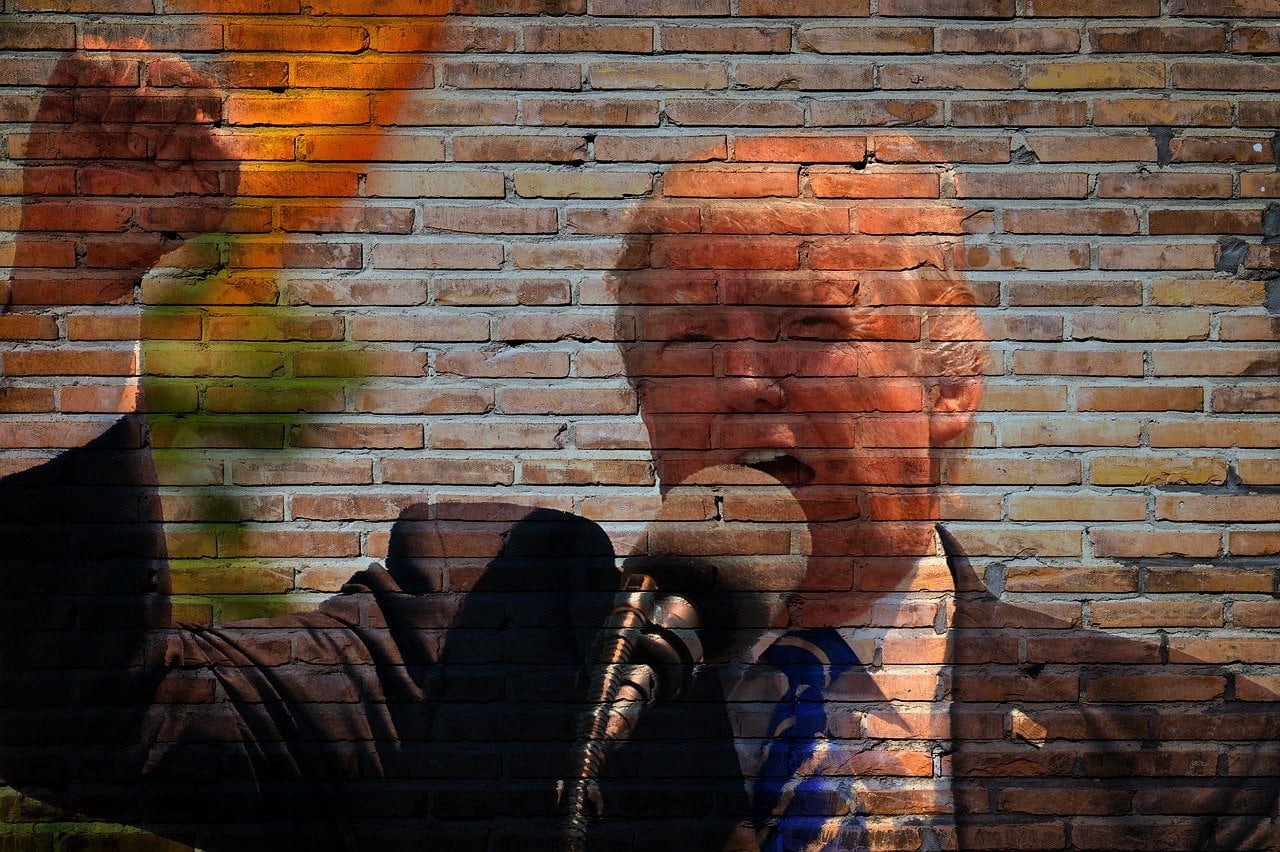Trump’s Impeachment Lawyers Could Use Sherlock Holmes’ Defense; Could Be Best Hard Evidence That His Speech Did Not Make Violence Likely
Q4 2020 hedge fund letters, conferences and more
Trump's Impeachment Lawyers Could Use Sherlock Holmes' Defense
WASHINGTON, D.C. (February 2, 2021) - Trump's initial response to the article of impeachment and the House's pretrial brief provides some idea as to the ultimate defense strategy of his new lawyers, which seems to be largely two-pronged: arguing that impeaching a former president who is no longer in office is unconstitutional, and that Trump's statements - however incendiary and even factually incorrect - were protected by the First Amendment because they were not "likely" to cause the riot which in fact later ensued.
While the former is a strictly legal argument, the second could be based on - or at least bolstered by - real evidence of the type used by Sir Arthur Conan Doyle's famous detective Sherlock Holmes, suggests public interest law professor John Banzhaf.
Indeed, this may be the only real trial-type evidence - as distinguished from arguments, conjecture, and hindsight speculation - that Trump's defense team could in fact present at the trial.
Trump's Use Of Inflammatory Language
Since it is clear that Trump did use inflammatory language, and that violence occurred shortly afterwards, what hard evidence - other than parsing his words and trying to argue for alternative interpretations - can the defense team offer?
With all of the focus on whether his exact language - the precise words he chose, which some claim were ambiguous - called for violence, little attention has been paid to the additional requirement in any criminal charge of incitement which is imposed by the Constitution itself.
Under the famous Brandenburg v. Ohio Supreme Court decision - which is cited by the House, although its application to the former president in this proceeding is denied by the House - any allegedly incendiary speech must “incite or provoke violence where there is a LIKELIHOOD that such violence will ensue” [emphasis added] to fall outside the protection of the First Amendment.
But there may be persuasive evidence that the required likelihood of violence did not exist at the time when Trump spoke - the legal test - regardless of what happened afterwards. says Banzhaf.
Violence At The Capitol May Or May Not Have Existed Before Trump Spoke
Regardless of what initial evidence (e.g. Internet "chatter") of possible violence at the Capitol may or may not have existed before Trump spoke, it appears that, like the famous Sherlock Holmes story in which a dog did not bark when he would have been expected to, law enforcement authorities apparently did not "bark," or otherwise warn about any likelihood of violence, during or immediately after his speech, or even after the rally at which Trump spoke finally broke up.
Since there was obviously at least some hint of possible unlawful action existing prior to the President's speech, it's highly likely that many law enforcement and other officials were watching Trump's speech on television, and that at least some officers were in the crowd where they could directly monitor its effect on those hearing it, pick up murmurs or even shouts of imminent violence, etc.
But it appears that the media did not report that Trump's speech triggered any sudden outpouring - a hue and cry of concern and worry - about violence at the Capitol to follow; indeed and specifically, that there were any such serious new warning messages sent to the Capitol police or anyone else who should have been warned if his words, at the time they were spoken (the legal test), created a "likelihood that such violence would occur."
So, if law enforcement officials, trained to assess threats and the likelihood of violence, did not send out new warnings of imminent violence immediately following Trump's speech, especially in light of "chatter" and other warnings beforehand, it could be very persuasive evidence that, despite whatever words and phrases Trump used, they did not create a likelihood of violence to those in the best position to assess it at the time, says Prof. Banzhaf.
Trial-Type Evidence
Other trial-type evidence - experts who might claim, with the great wisdom of hindsight, that at the time such violence was likely, pitted against competing experts who would claim that violence was not likely at the time - may well be far less persuasive than what people who experienced his speech thought and actually did at the time, suggests Banzhaf.
There is a clear difference, he notes, in both criminal and civil law between whether a speech in fact caused violence - determined by the "but for" or "sine qua non" test - and whether, at the time the statement was made, it was "likely" to cause the violence, even if the violence did occur shortly after the statement was made, notes Banzhaf. It is also different from the subjective requirement of "intent."
In other words, even if evidence shows that a person's statements did in fact cause a riot which subsequently occurred, and even if the evidence shows that he did have an intent to cause the violence, the requirement that such violence was "likely" at the time he spoke is separate and distinct, and is susceptible of being disproved by the lack of warnings issued at the time - similar to the dog which didn't bark, says Banzhaf.
In this specific situation, where real trial-type evidence in support of Trump may be difficult to produce, evidence that those in the best position to evaluate his statements at the time generally did not conclude that violence was "likely" may be the best - if not the only - actual evidence his impeachment lawyers can formally introduce.













